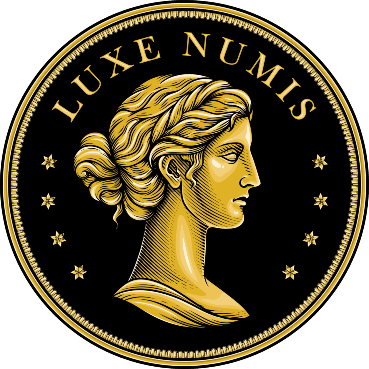So Long, and Thanks for All the Fish 🐬
After a great run, we've decided to close this chapter as a business.
Thank you to everyone who supported us along the way. Your curiosity, conversations, and shared passion made it all worth it.
This site will continue quietly as a personal hobby project. No storefront, no hustle. Just coins, history, and the occasional update when inspiration strikes.
If you're still here, you're our kind of person.

